Cardamom: The Spice That Packs a Punch (And Some Seriously Sweet Flavor)
You’ve seen it in Indian chai, Scandinavian pastries, and maybe even your latte. But what’s the deal with cardamom? Is it just a fancy spice for foodies with a taste for the exotic? Or is there more to this green—or sometimes black—bean-shaped pod than meets the eye?
In this post, we’re diving deep into the world of cardamom. Whether you're a seasoned chef or someone who spices up toast with cinnamon once in a while, this guide will give you everything you need to know — and some pro tips you didn’t know you needed.
Table of Contents
- What Is Cardamom, Anyway?
- Types of Cardamom: Green vs. Black
- Flavor Profile: What Does Cardamom Taste Like?
- Pro Cooking Tips: How to Use Cardamom Like a Boss
- Health Benefits: More Than Just Flavor
- Buying & Storing: Keep Your Cardamom Fresh and Funky-Free
- Fun Facts You Can Impress Your Friends With
- Conclusion: Why You Should Make Room for Cardamom in Your Spice Rack
What Is Cardamom, Anyway?
Let’s start at the beginning. Cardamom is a spice derived from the seeds of several plants in the ginger family. It's native to southern India but has spread its aromatic charm all over the globe — from Middle Eastern coffee to Nordic breads.
Unlike most spices, which are either roots, bark, or seeds, cardamom comes in pods. These little pods contain tiny black seeds that pack a powerful flavor punch. And here’s where it gets interesting: there are two main types, and they couldn't be more different.
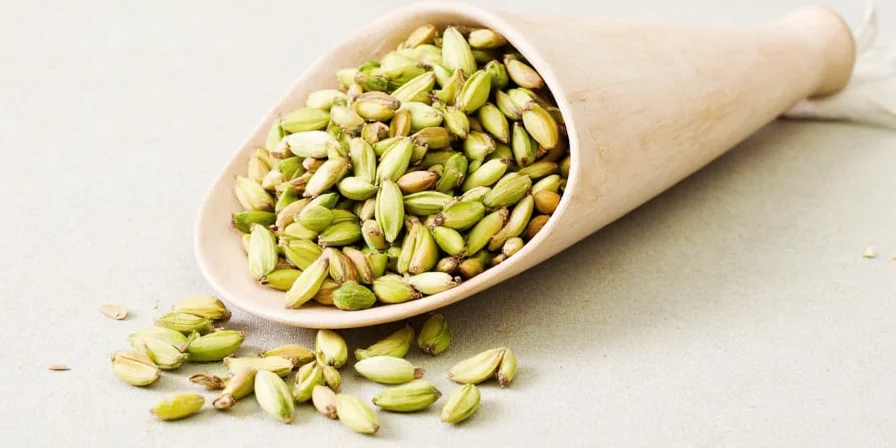
Types of Cardamom: Green vs. Black
Not all cardamom is created equal. There’s a reason chefs and bakers choose one type over the other depending on the dish. Let’s break it down:
| Type | Appearance | Flavor | Best For |
|---|---|---|---|
| Green Cardamom | Bright green pods, usually small and smooth | Sweet, floral, citrusy | Desserts, chai, sweet rice dishes |
| Black Cardamom | Dark brown to black, larger and rougher | Smoky, earthy, bold | Meat dishes, stews, savory curries |
If you think of green cardamom as your favorite dessert wine and black as a robust red, you’ll never mix them up again.
Flavor Profile: What Does Cardamom Taste Like?
Okay, so imagine if vanilla and ginger had a baby — that baby would probably smell like cardamom. It’s complex, warm, slightly sweet, and has a touch of menthol-like freshness that can wake up your palate.
- Green cardamom: Floral, minty, citrusy
- Black cardamom: Smoky, camphor-like, woody
It’s this unique blend of flavors that makes it such a versatile spice in both sweet and savory applications. Don’t believe us? Try it in your next banana bread recipe or add a few pods to a lamb curry — game-changer!
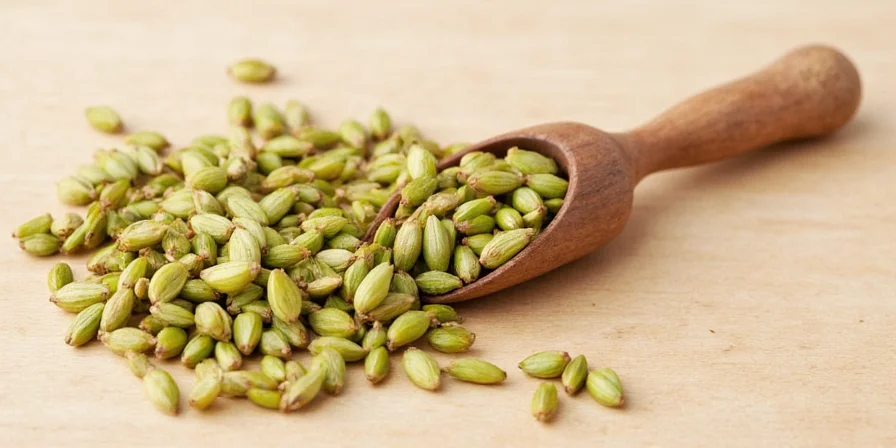
Pro Cooking Tips: How to Use Cardamom Like a Boss
Here’s where the magic happens. Whether you're roasting meat or baking cookies, cardamom can take your cooking to the next level. Here are some expert-approved ways to use it:
- Crush the pods: To release the full aroma, crush or grind the seeds before using. Whole pods can be simmered into liquids like chai or soups and removed before serving.
- Toast it up: Lightly toasting whole pods enhances the essential oils and deepens the flavor. Don’t burn them though — you’re not making popcorn.
- Add early to slow dishes: In stews or curries, add cardamom early so the flavor infuses throughout.
- Pair it wisely: Cardamom plays well with cinnamon, cloves, nutmeg, and even citrus zest. Avoid pairing it with overly strong spices like cumin unless you want a flavor showdown.
- Use it in desserts: From baklava to kheer, cardamom brings a subtle warmth that balances sweetness beautifully.
Health Benefits: More Than Just Flavor
Turns out, cardamom isn’t just tasty — it might also be good for you! While it shouldn’t replace your daily vitamins, here are some science-backed perks:
- Antioxidant power: Loaded with antioxidants that help fight free radicals in the body.
- Breath freshener: Chewing cardamom pods is a common natural remedy for bad breath in many cultures.
- Digestive aid: Helps reduce bloating and gas when consumed after meals.
- Anti-inflammatory properties: May support heart health and reduce inflammation.
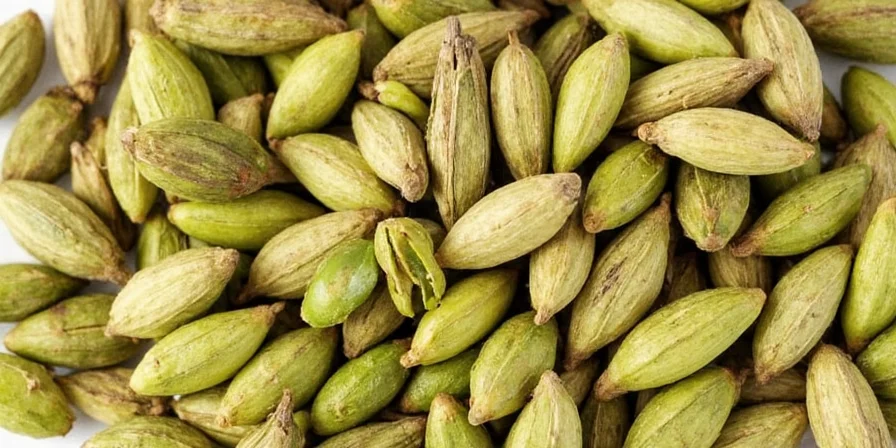
Buying & Storing: Keep Your Cardamom Fresh and Funky-Free
Want your cardamom to stay vibrant and fragrant? Follow these simple steps:
- Buy whole pods: Ground cardamom loses potency faster. If possible, buy whole pods and grind them yourself as needed.
- Store in airtight containers: Keep your cardamom away from heat, light, and moisture in a sealed glass jar.
- Keep it cool and dark: A kitchen cabinet or drawer works perfectly. Avoid storing near the oven or stove top.
- Check for freshness: If the pods don’t smell potent anymore, it’s time to replace them.
Fun Facts You Can Impress Your Friends With
- Cardamom was one of the most expensive spices in ancient times — sometimes worth more than gold!
- Sweden and Norway use more cardamom per capita than any other countries outside South Asia — mostly in baked goods.
- The word “cardamom” comes from the Greek “kardamon,” referring to a kind of aromatic plant.
- It’s often called the “Queen of Spices” because of its intense fragrance and high price.
- In Ayurvedic medicine, cardamom is used to treat ailments from sore throats to kidney stones.
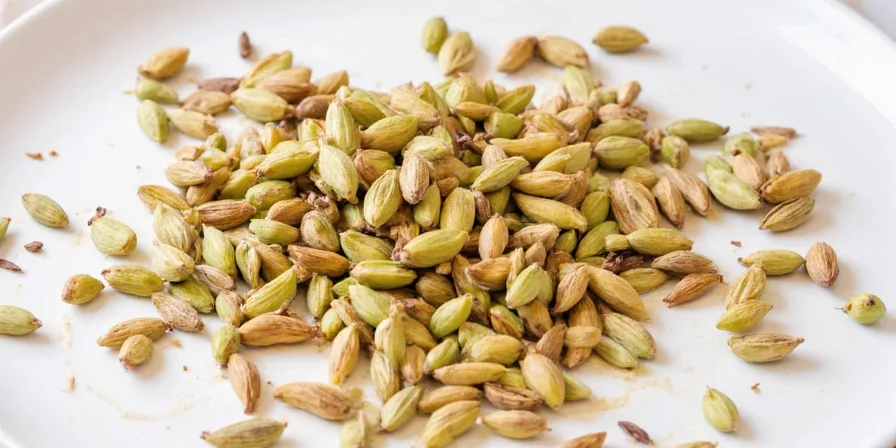
Conclusion: Why You Should Make Room for Cardamom in Your Spice Rack
So there you have it — cardamom isn’t just another spice to collect dust in your pantry. Whether you're spicing up your morning coffee, enhancing a savory stew, or experimenting with global cuisines, cardamom brings versatility, depth, and a dash of elegance to the table.
From its intoxicating aroma to its impressive health benefits and wide-ranging culinary uses, cardamom deserves a spot right next to salt and pepper in your kitchen. So go ahead, grab a few pods, and start exploring the magic of this queen of spices. Your taste buds — and maybe your date night menu — will thank you.
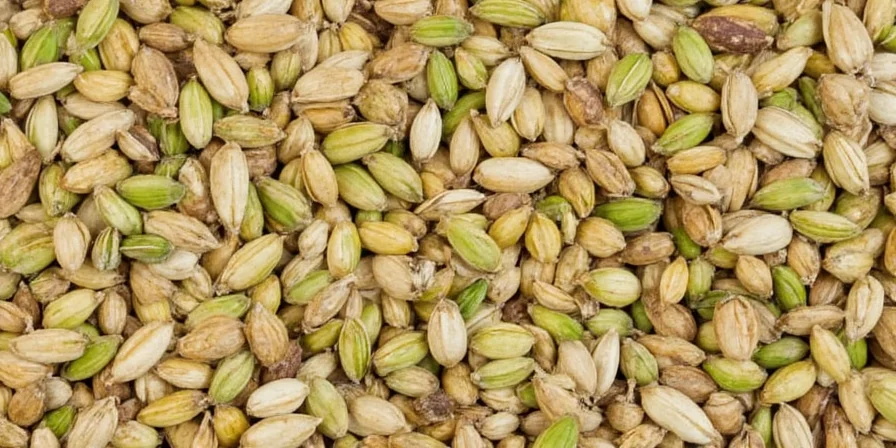
Quick Recap Table
| Feature | Green Cardamom | Black Cardamom |
|---|---|---|
| Flavor | Sweet, floral, citrusy | Smoky, earthy, bold |
| Common Uses | Desserts, beverages, sweets | Curries, meats, stews |
| Price | More expensive | Cheaper alternative |

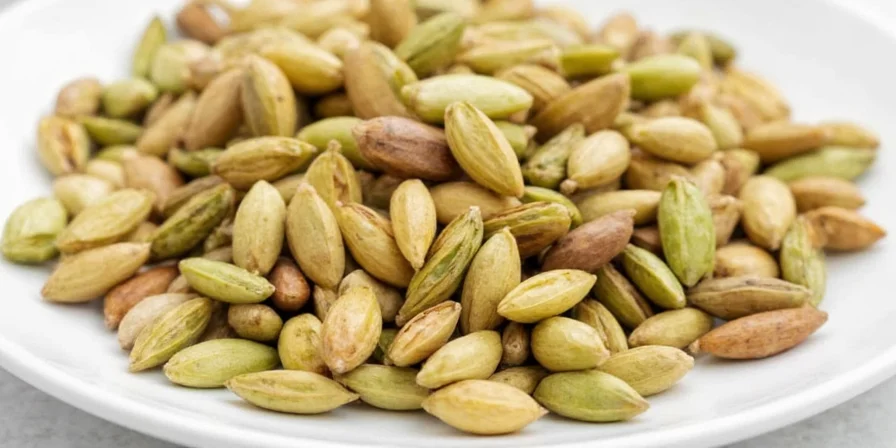









 浙公网安备
33010002000092号
浙公网安备
33010002000092号 浙B2-20120091-4
浙B2-20120091-4